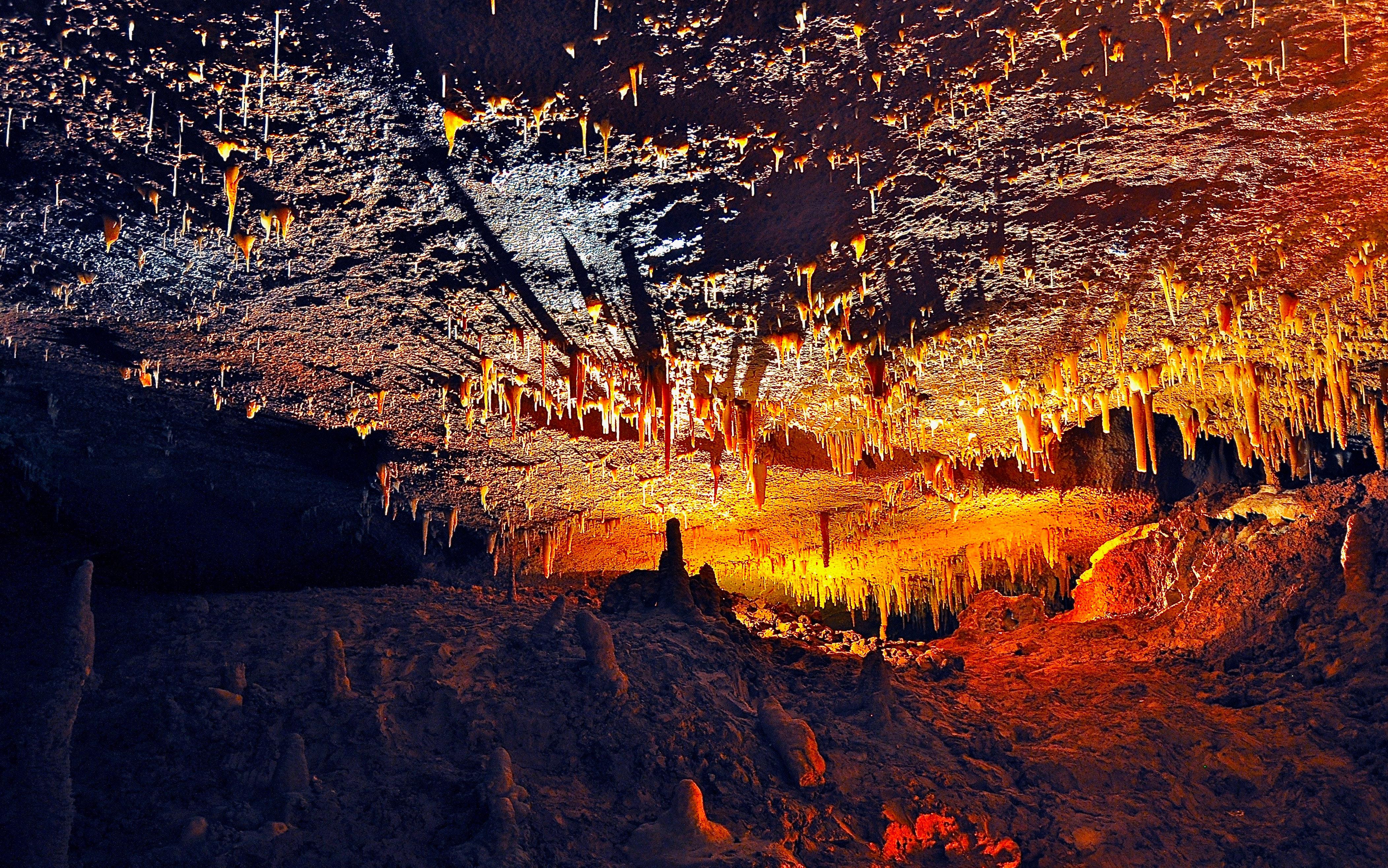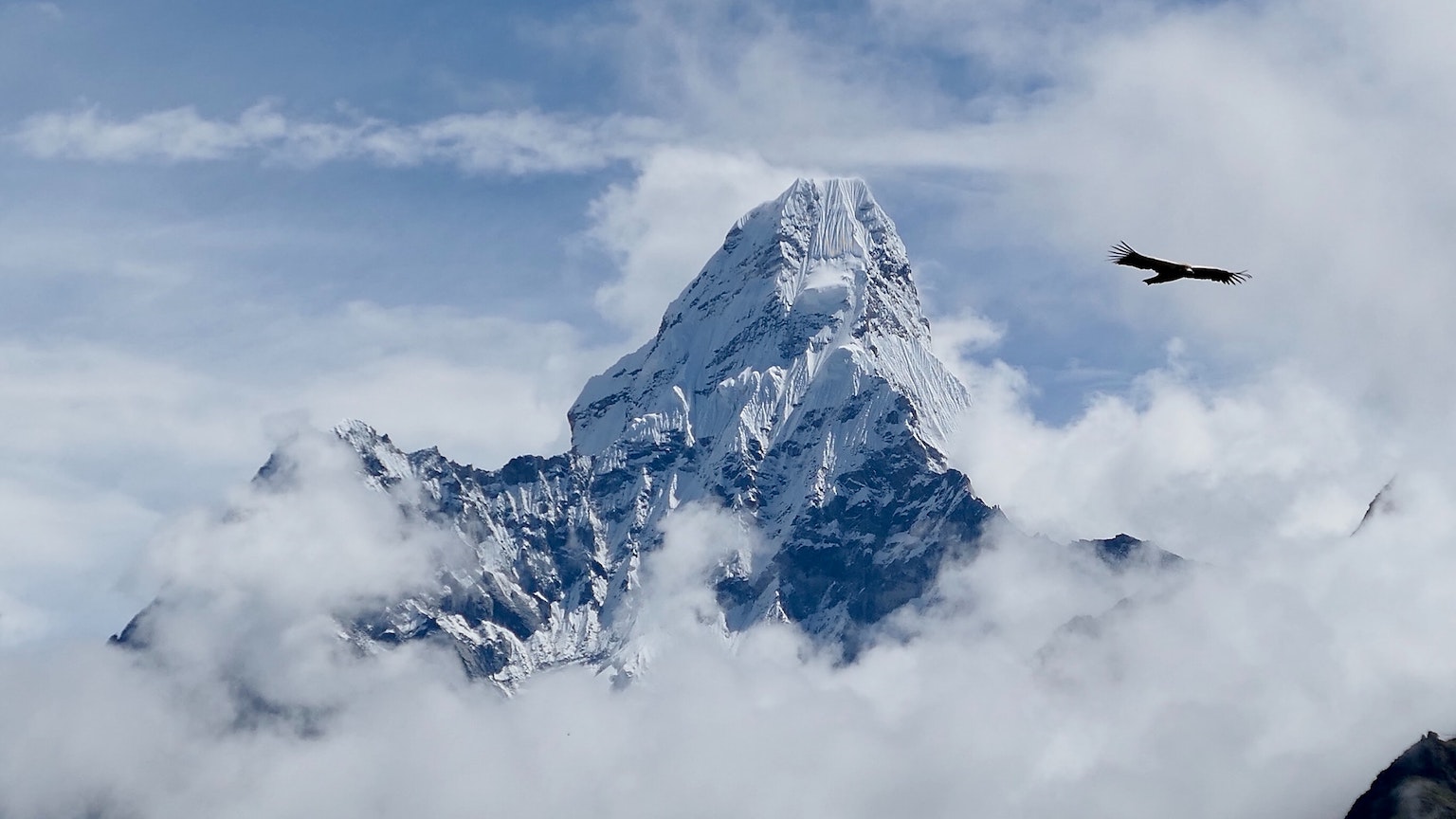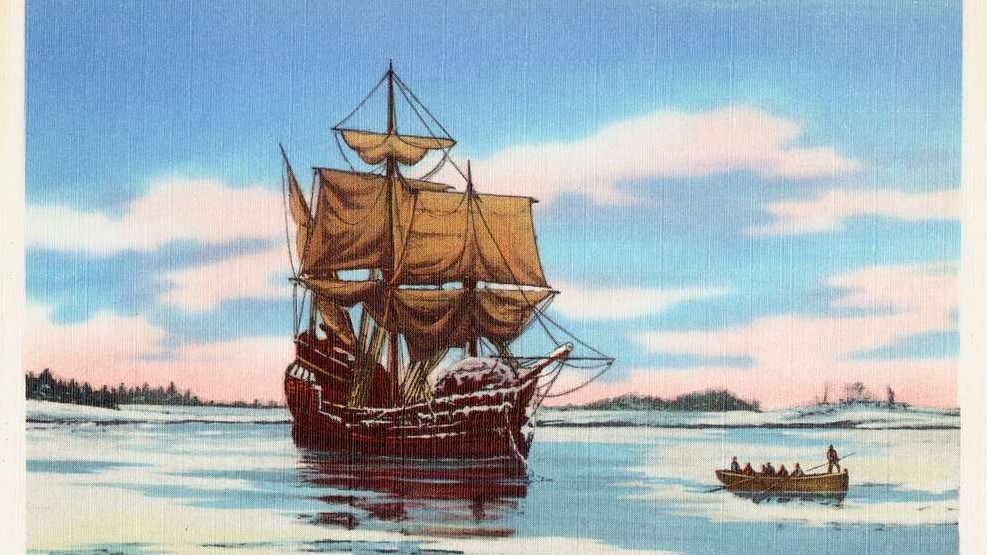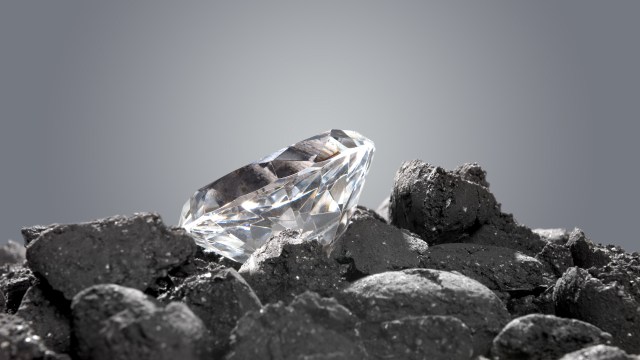Why the worst weather on Earth is in New Hampshire
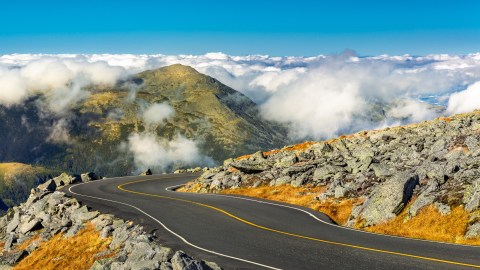
- To most people, bad weather generally means rain, cold, and wind. One place in the world has all of those in abundance: New Hampshire’s Mount Washington.
- Mount Washington features an average temperature of 27°F (-2.8°C), a wind speed of 35 mph (56 kph), and about 100 inches (254 cm) of rain and 281 inches (714 cm) of snow each year.
- Mount Washington’s geographic location and surrounding terrain make it particularly vulnerable to high winds and storms.
Ah, New Hampshire, home to extensive granite formations and quarries, the first presidential primary in the U.S., delicious apple cider donuts — and the worst weather on Earth.
Of course, that weather isn’t widespread across the Granite State, which for the most part has a pleasantly mild, temperate climate, but is rather concentrated at one location in particular: Mount Washington.
Miserable Mount Washington
Standing 6,288 feet above sea level, Mount Washington is positively short compared to the rampant “fourteeners” of the West’s Rocky Mountains. It is, however, the tallest mountain for about a thousand miles, looming large over the surrounding terrain. And its horrid weather firmly trounces that of any grander peak.
Kenneth Jones, a longtime board member for the Mount Washington Observatory, which sits atop the mountain, ardently defends the area’s claim to the worst weather on Earth. It combines rain, cold, and wind as no other place does, he says. Sure, there are places like Antarctica’s Vostok Station, which the Russians claim is the “coldest and most inhospitable place in the world,” that are chillier. But Vostok gets almost no precipitation and has winds that blow at a pitiful average of just 11 mph (18 kph). And many other locations are wetter, but they aren’t nearly as cold or windy.
Mount Washington, on the other hand, has it all. The annual average temperature there is 27°F (-2.8°C), with a winter average of 7°F (-13.9°C), and a record low of -47°F (-43.9°C). This frigid air combines with gusty winds to chill visitors’ bones. The average annual wind speed is 35 mph (56 kph), and winds are at or above hurricane force (at least 74 mph, or 119 kph) every other day on average in winter. Then there’s the copious precipitation: about 100 inches (254 cm) of rain and 281 inches (714 cm) of snow each year, with fog cover about 60% of the time.
For nearly 62 years, Mount Washington held the record for the fastest measured wind gust over the surface of the Earth: 231 mph (372 kph). It was dethroned in 1996 by winds from Typhoon Ophelia at Barrow Island, Australia, which clocked in at an astounding 253 mph (407 kph). Mount Washington also has the record for the lowest recorded wind chill in the U.S., -109°F (-78°C), set earlier this year when the ambient temperature was -47°F (-43.9°C) and the winds howled at 122 mph (196 kph). Such conditions would cause exposed skin and the underlying tissues to freeze in a couple of minutes.
Masochists on the mountain
The brutal conditions at Mount Washington naturally have attracted the curiosity of scientists. Researchers have shacked up at the mountain’s observatory since 1932, meticulously measuring the weather conditions outside, in person, every hour, 365 days a year. When the weather is especially awful — in charmingly masochistic fashion — they venture out every 15-20 minutes. One way the scientists at the observatory fund their operations is by weather-testing products for manufacturers. “If they can survive Mount Washington, they can survive anywhere,” the researchers claim.
So what explains Mount Washington’s worst weather on Earth? First, its lofty standing among its surroundings mightily contributes. “There’s not a lot of terrain that’s going to slow down the jet stream,” Francis Tarasiewicz, an engineer at the Mount Washington Observatory, told PBS Terra.
Once the winds of the jet stream arrive at Mount Washington, they get funneled in by the White Mountains that flank Mount Washington to the north and south. The natural triangle they form constricts and focuses winds directly to the peak. Thanks to the Bernoulli principle, when air passes through a confined space, its velocity increases.
Second, Mount Washington rests almost exactly at the midpoint between Earth’s equator and the North Pole. “Cold air from the north is clashing with more tropical air to the south,” Tarasiewicz explained to PBS. Where warm and cold fronts meet, storms arise.
Despite Mount Washington’s ominous reputation, it’s a lovely place to visit for the avid outdoor-lover or hiker. Just make sure you go in summer!
